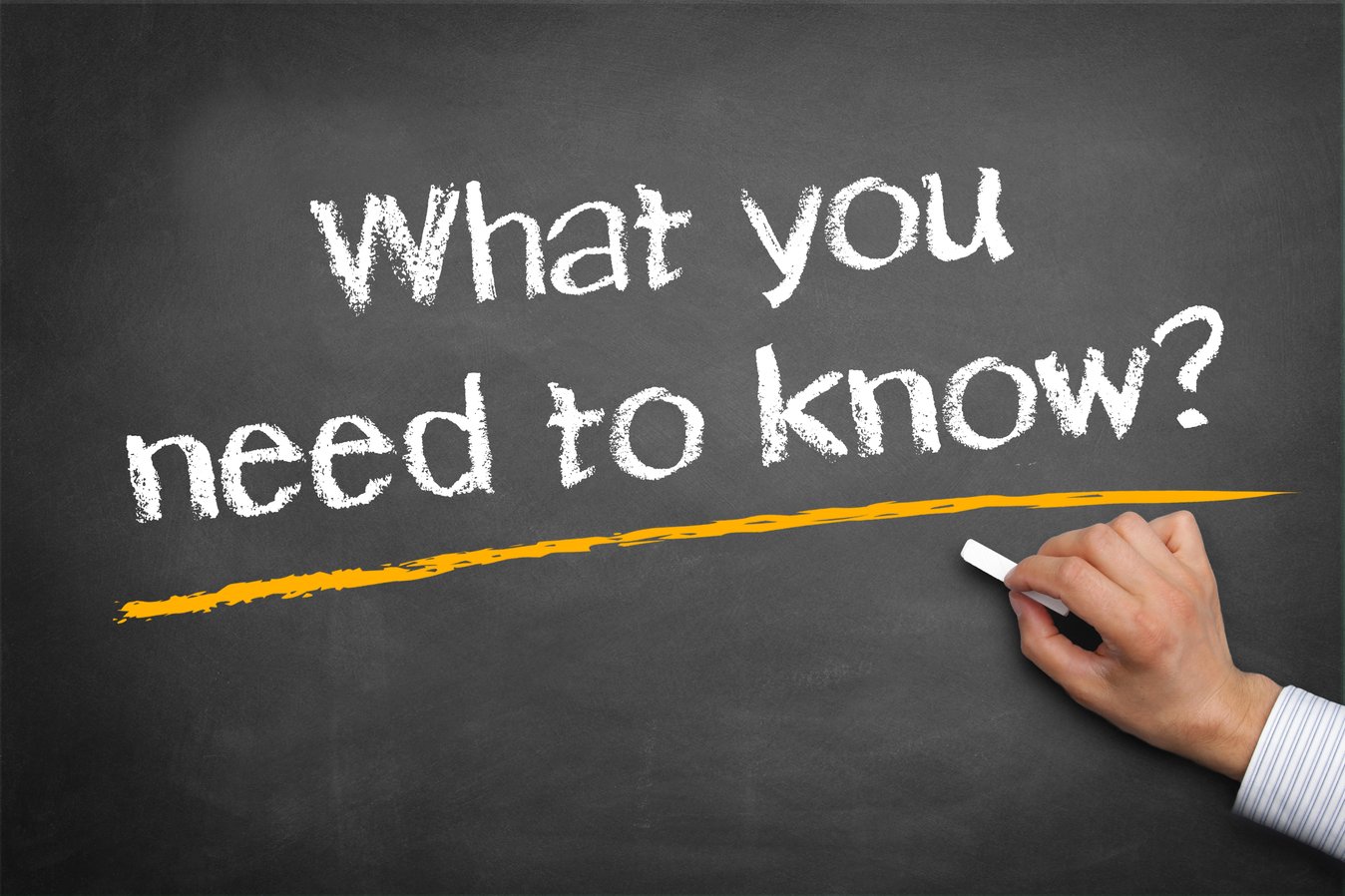
Each year, thousands of businesses sign on with 3PLs and other fulfillment companies to handle their fulfillment and logistics activities. That said, about 35% of companies also leave their 3PLs each year, often because there is not a good fit.
More and more, that “fit” has to do with technology.
To get a deeper perspective on this phenomenon, we talked with Will Schneider, President of FufillmentCompanies.net, a firm that matches companies in the B2B environment with a special focus on fulfillment and online marketing.
So we asked Schneider where the disconnect with 3PLs was coming from when it comes to technology, and more importantly, what trends he was seeing in the sorts of tech capabilities companies are asking for when looking to be matched with other companies—3PLs in particular. His insights will be of interest not only to 3PLs and other fulfillment companies, but also to merchants interested in keeping up with the latest trends by seeing what is important to the competition.
#1: Easy integration. In our interview, Schneider admitted that software systems are often the “Achilles heel” of fulfillment companies. Many have older proprietary systems that do not easily integrate with the shopping cart, sales channel, and accounting software that their clients are using. This not only telescopes the time it takes it get up and running, it also creates frustration and leaves the door wide open for human error. Companies want partners that can easily integrate with their existing systems.
#2: Custom reporting. It’s rare these days that an out-of-the-box report will give an accurate picture of the state of a business, let alone a complete one. More and more companies are looking for ways to customize their reports and automatically forward them to the relevant decision-makers. Schneider notes that many older systems just do not make is easy to design and generate those reports—or, if they do, there is significant lag in the data.
#3. Access to data. The other side of the coin from custom reporting is access to raw data from the fulfillment partner. More and more, digitally savvy companies want access to that raw data so they can answer important questions on-the-fly. For example: Did the latest marketing efforts create a run on particular items? What is the break-even point on the dollar amount that should earn customers free shipping? How is the latest recall affecting quantities of similar products? These questions are often time-sensitive, and companies feel (for good, legitimate reasons) that they should have 24/7 access to what is essentially their data.
#4. Ability to serve any industry. If you are selling nutritional supplements, your requirements are much more complicated than if you sell, say, golf balls. Lots and batches must be tracked carefully, and FIFO rules set accordingly, for example. In fulfillment, such exceptions are the rule: Every industry is a little different, and fulfillment companies need to have the flexibility to serve different kinds of clients. Often, this amounts to having flexible software that can adjust these settings and automatically direct workflows accordingly.
#5. Tracking problems and measuring performance. In the digital age, everything can be tracked—if you have a system that traffics in real-time data and communicates with your barcode or RFID system. Being able to track the flow of items through a warehouse, for example, allows for greater efficiency and quicker identification of problems or bottlenecks. From the clients’ perspective, such tracking allows them to keep important metrics on performance in order to gauge ROI and make improvements to customer service.
#6. Speed of change. The above features will mean little to clients if they are not able to operate at the speed needed. In short, customers are continually clamoring for speed. Sometimes this means speed of implementation: Companies want to get up and running with their fulfillment as soon as possible so they can begin making good on their brand promise. More often, it also means that the system needs to be flexible and fast for any changes that are needed. If an item gets recalled, for example, or is no longer going to be in production, it should be a fairly simple matter to make those adjustments and have them propagate through the system.
#7. People. So, yes, people are often thought of as the opposite of technology. Most clients think in terms of automated vs. manual, or digital vs. “old fashioned.” This mindset is changing, however. eCommerce merchants want fulfillment partners who are at least as technologically savvy as they are. By the same token, they appreciate some degree of “hand-holding” during the implementation process. If a 3PL cannot talk tech, they will at least need someone to go to with questions—because questions will be asked. This is where many software vendors to 3PLs fall short.
Again, these capabilities are of interest to companies on both sides of the fulfillment equation. 3PLs and other fulfillment partners might be curious as to why they see declining contracts; outdated systems (or—gasp—manual processes) could be to blame. Merchants themselves will want to keep up with the competition, and having a fulfillment partner with the right kinds of software has become table stakes in that game. (And again, this is why FulfillmentCompanies.net is such a great resource.)
All this means that, well beyond trends, the seven technologies above provide a kind of road map for merchants looking to find a fulfillment partner (or even bring their fulfillment in-house, using something like our own Infoplus software - sign up for a demo here). Ask the right sorts of questions, and your bound to find the best technology "fit."
We can link to a gated resource within the blog listing if that makes sense to route users to gated content to capture qualifying information.
Want the latest content delivered direct to your inbox? You've got it - sign up below!
Subscribe to get helpful and relevant warehouse technology information directly to your inbox.